The Curious Case of Mama Kite
(This blog was originally published at Josh Kornbluth’s substack But Not Enough About Me here)
By Josh Kornbluth

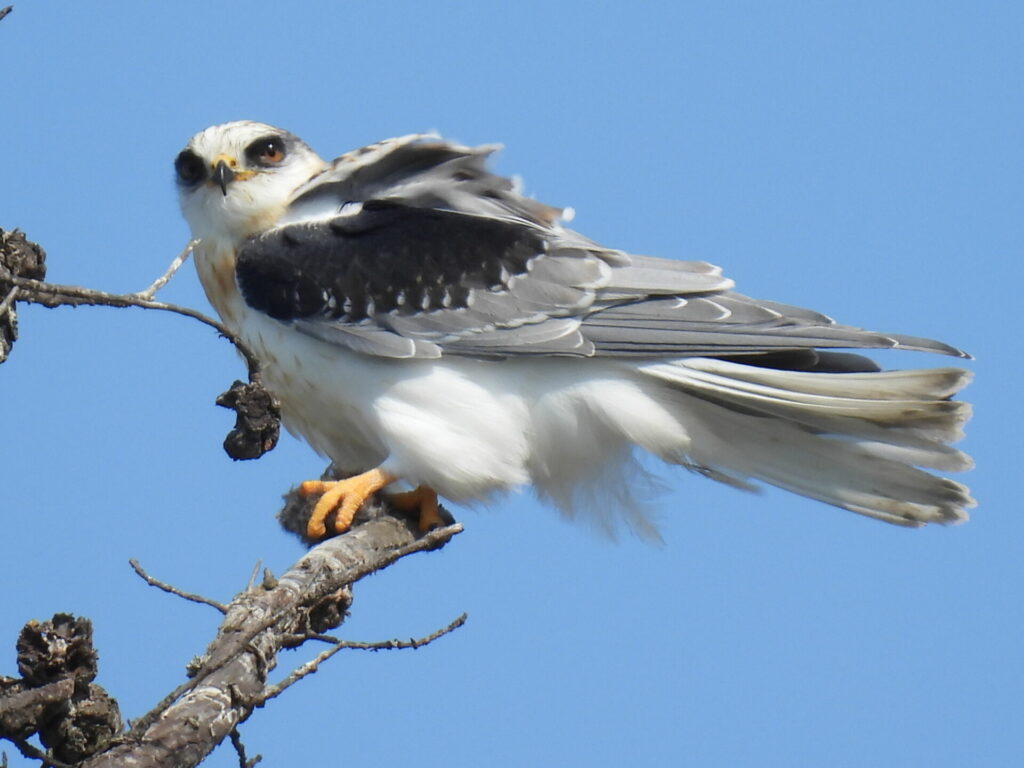
My wife has uncanny bird-spotting abilities. We’ll be tooling along on our bikes on the San Francisco Bay Trail and Sara, riding ahead of me, will suddenly signal that she’s about to stop. Then she’ll jump off her bike and look through her binoculars at something in the distance. I’ll do the same — and see … nothing. No birds, I mean. But now she’s pulling out her camera, using its telephoto lens to confirm what she’s somehow picked up on: that way out yonder, what looked to me, even through my “bins,” like a tiny blur is actually, say, an Anna’s Hummingbird. She could tell from the silhouette: when it looks like there’s only one tiny leaf at the top of a snag, it’s likely to be a hummingbird.
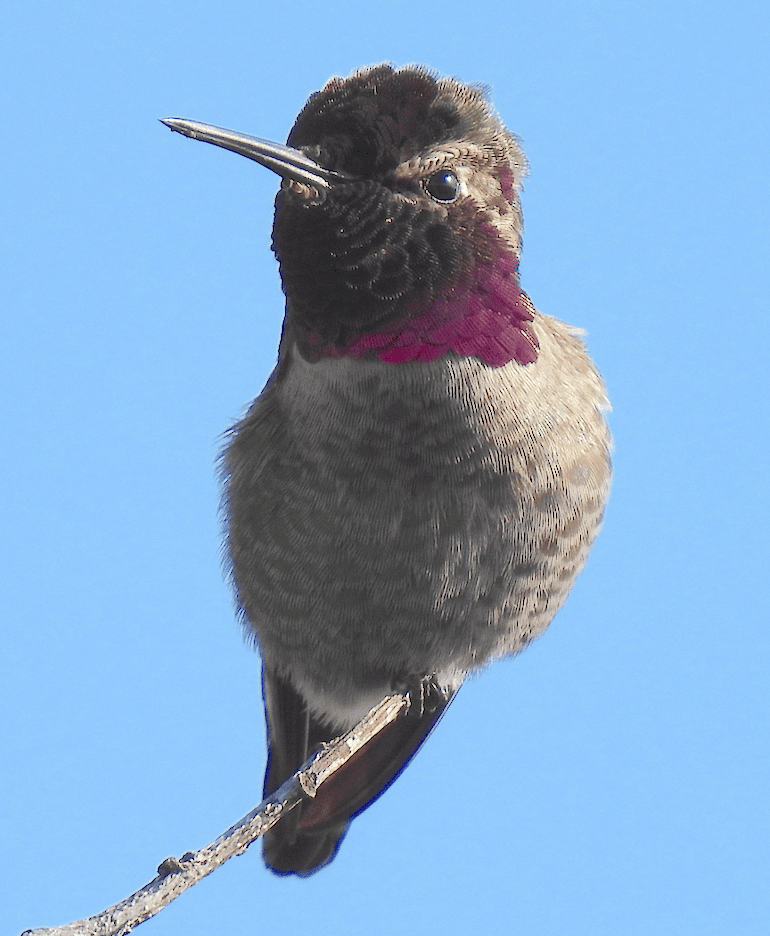
As for Kites, they need tall trees for nesting and nearby open grassland for hunting rodents — which they seek out by employing their characteristic hovering maneuver (“kiting”), then quickly swooping down on their prey. I’ll be honest here: at this very early stage of my birding apprenticeship, I didn’t even know that there were birds called Kites. In my defense, I grew up in Manhattan, where as far as I knew birds were either pigeons or — when Dad took me down to the Battery to ride the ferry — seagulls. (“Seagulls”: that’s what I spent 60-plus years of my life thinking they were called. But hanging out with birders has taught me to call them simply “gulls” — of which, it turns out, there are many kinds, some of them living far from the sea.)1
When Sara first pointed and said something like, “Look — Kites!” I thought she meant those things that you fly from a string — in my mind, an excusable error, especially as we were quite close to César Chávez Park, where people do fly lots of kites.
We’d been biking past a grove of trees near what we had come to call the Weird Picnic Table. (The weird thing about this picnic table was that someone had plopped it down smack in the middle of a large patch of concrete — where the sun could beat down on it relentlessly — instead of in the shade of those nearby trees.) With her bird-spotting superpowers, Sara had noticed that a couple of Kites were perched up there in the shadows. We de-biked and trained our bins on that branch. Then Sara, scanning elsewhere in the grove, saw that at the very top of a nearby tree, two tiny heads were peering out. She’d located the Kite babies and their nest!

Figuring out how birds are related to one another — making those connections — feels, thrillingly, like solving a mystery. But (and this is also thrilling, in its own way) a greater sense of mystery always remains — because, despite our best efforts as birding detectives, we’ll never truly know what it’s like to be a bird. (Although David Sibley has a great book for those of us who want to try: What It’s Like To Be a Bird.)
It became part of our daily routine to visit the Weird Picnic Table area and check out the Kite situation. Turns out there were four Kite chicks2
in that nest. Mama Kite watched from her nearby perch, frequently calling out to her babies, who’d loudly let her know that they were hungry — hangry, even, from the sound of it! Then Papa Kite would return from his hunting with a juicy little rodent, and the tiny mouths would be fed. Sometimes both Kite parents would go out hunting, leaving the chicks to voice their loud concerns to an alarmingly unresponsive universe. But eventually, Mom and Dad delivered the goods.

Now, I don’t want to give you the impression that the parent Kites’ days were all work and no play. Once, after the babies had fledged, we saw Mama and Papa Kite begin to engage in a bit of lovemaking on top of a lamppost. Alas, just as they were getting into it, a crow swooped in, resulting in a sad case of Kitus interruptus. Needless to say, our hearts went out to the thwarted couple. (And okay, I’ll say it: crows can be jerks.)
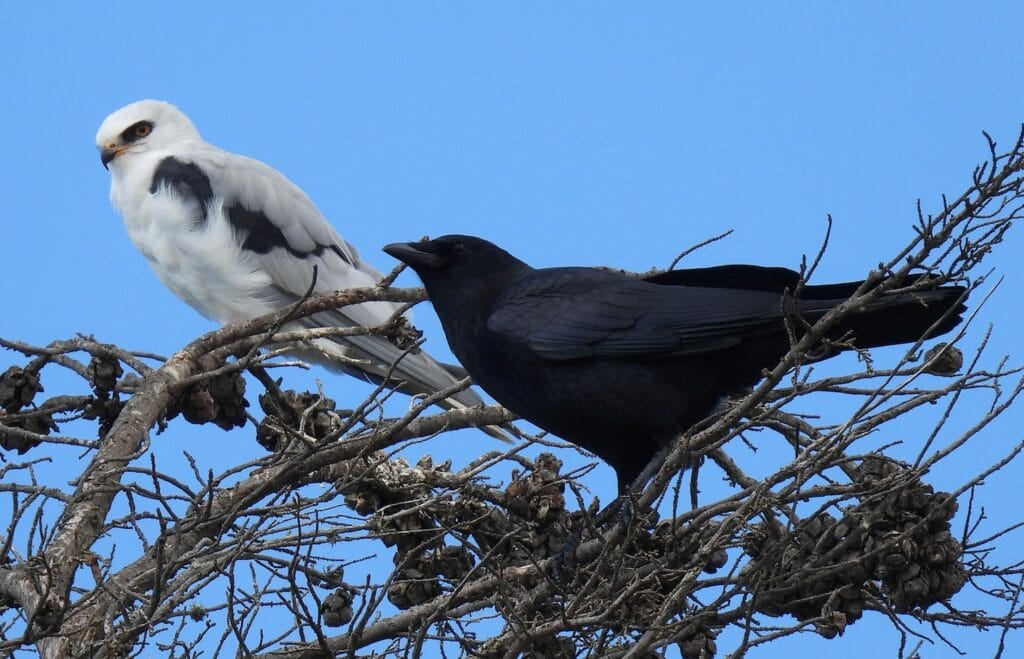
Over the summer months, and into fall, the chicks grew and grew. It was exhilarating to observe some of their first attempts at flying — out to the nearest tree, then quickly back. As they got more secure in their airborne maneuvering, they began swooping in wider and wider circles. One afternoon, as Sara and I both gazed up at them winging round and round, it dawned on us that the young Kites might be checking us out!

Eventually, the young Kites got big enough to go hunting themselves. They occasionally fought with each other over their prey — and we even saw one of them steal a fresh vole away from his own mother. Typical teens!
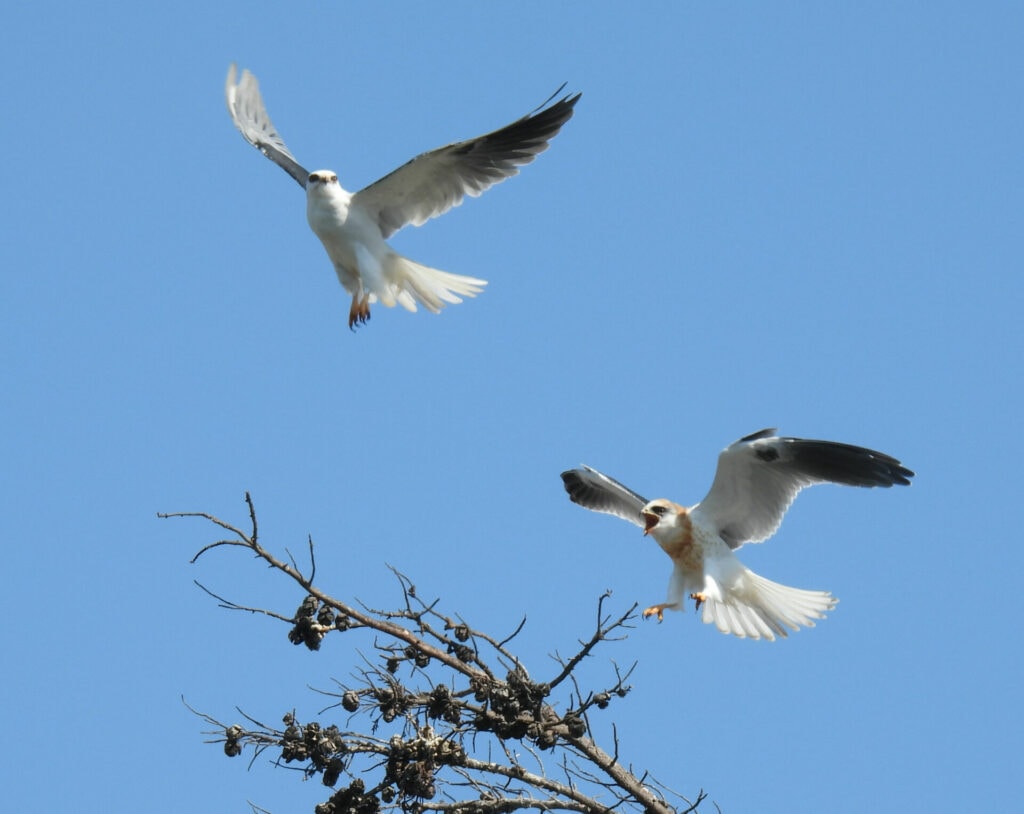
Around the first week of October, Sara and I stopped seeing the young Kites in that area around the Weird Picnic Table. And at some point Papa Kite seemed to disappear as well. Only Mama Kite remained, identifiable by that freckle in her iris. Sometimes we’d see her in a tree, or atop a pole, surveying her surroundings; other times she’d be soaring over a field — a solitary hunter.
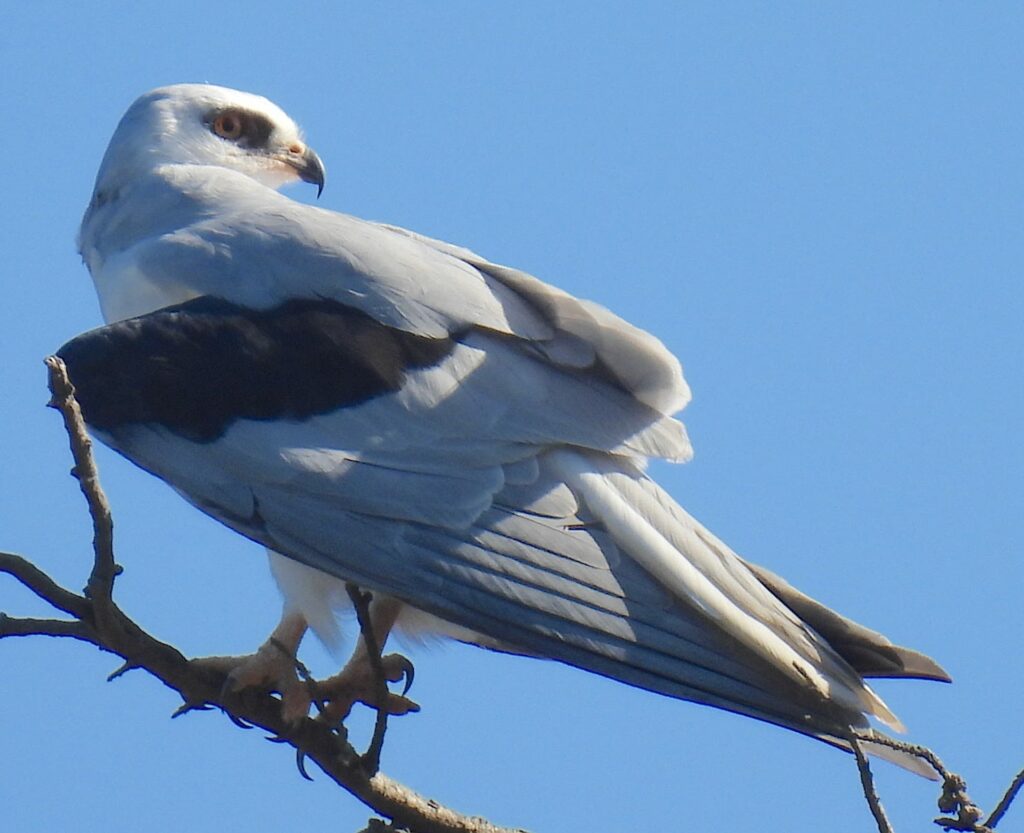
As we await Mama Kite’s further adventures, Sara and I will continue to seek out new birding mysteries: an eager pair of detectives, armed only with our bikes and our bins — and fortunately, in Sara’s case, also a camera.
1.
I’ve learned a lot of birder etiquette from the fantastic (and free!) field trips offered monthly by the Golden Gate Bird Alliance.
2.
Probably four. It was hard to be sure, squinting up at the treetop from so far below.
Josh Korbluth is a monologuist, filmmaker, and host of Citizen Brain (the video series). You can follow his writing and musings by subscribing to his substack But Not Enough About Me.
